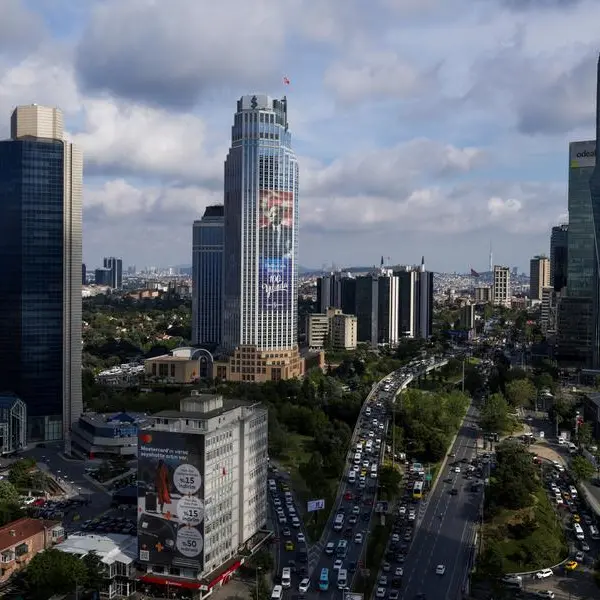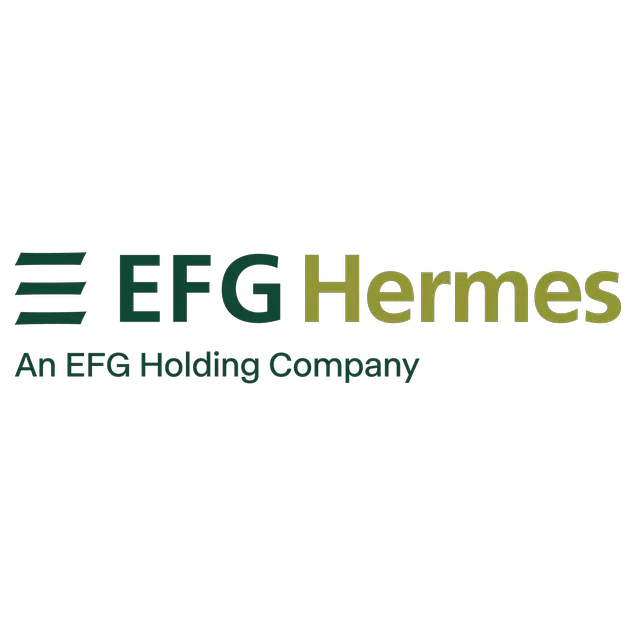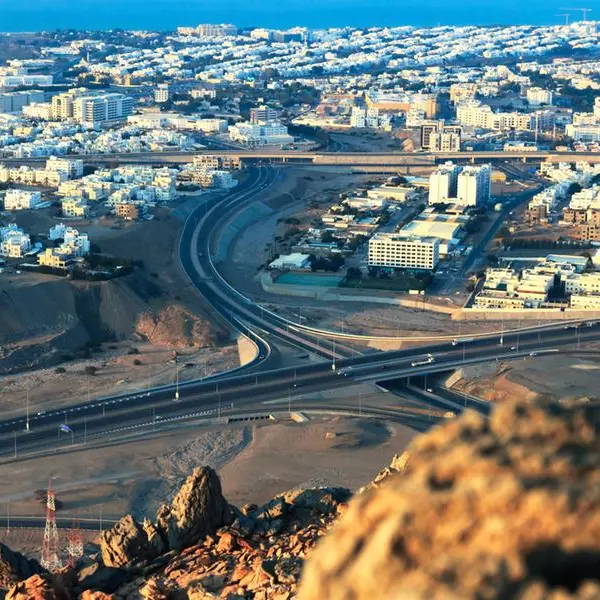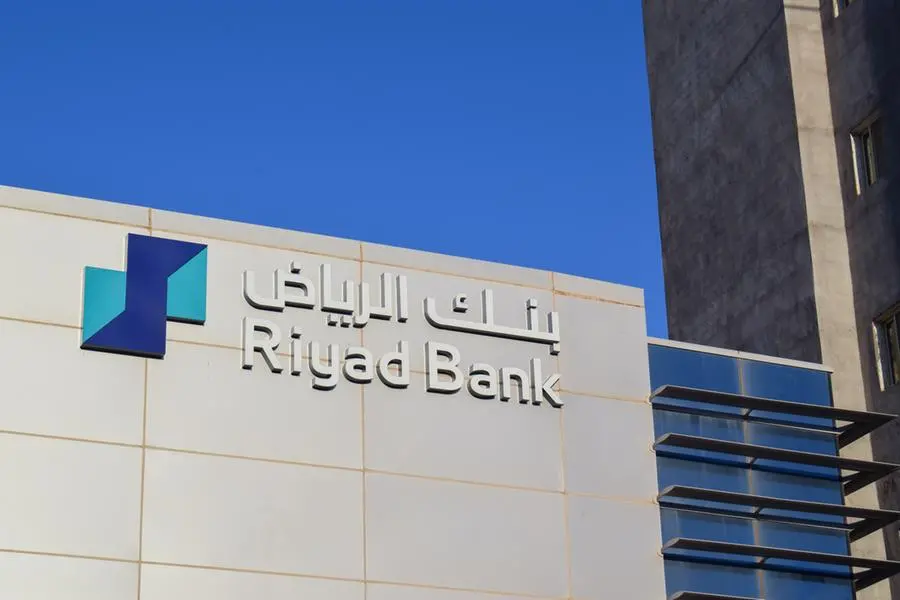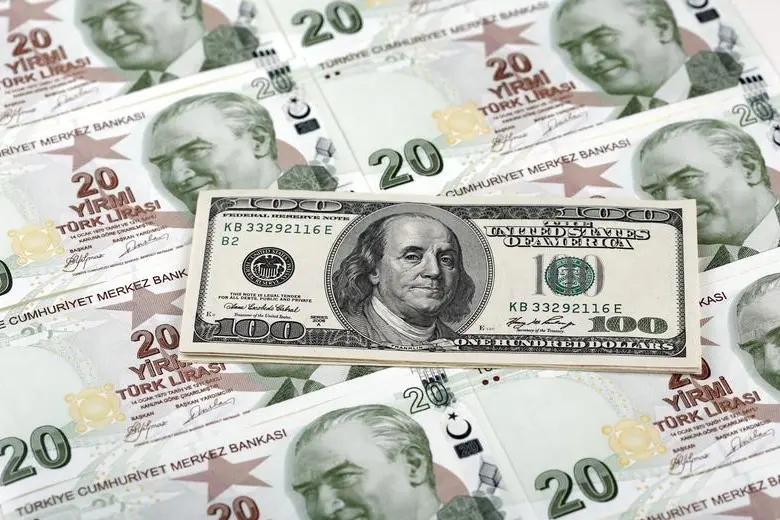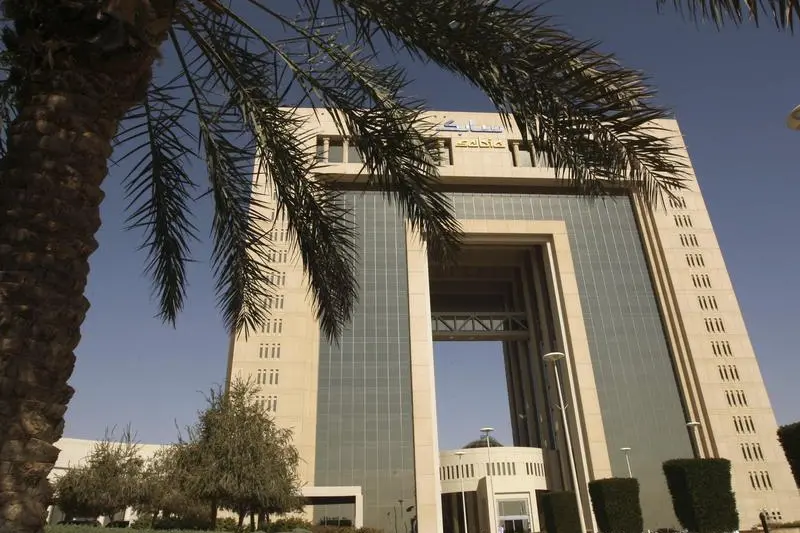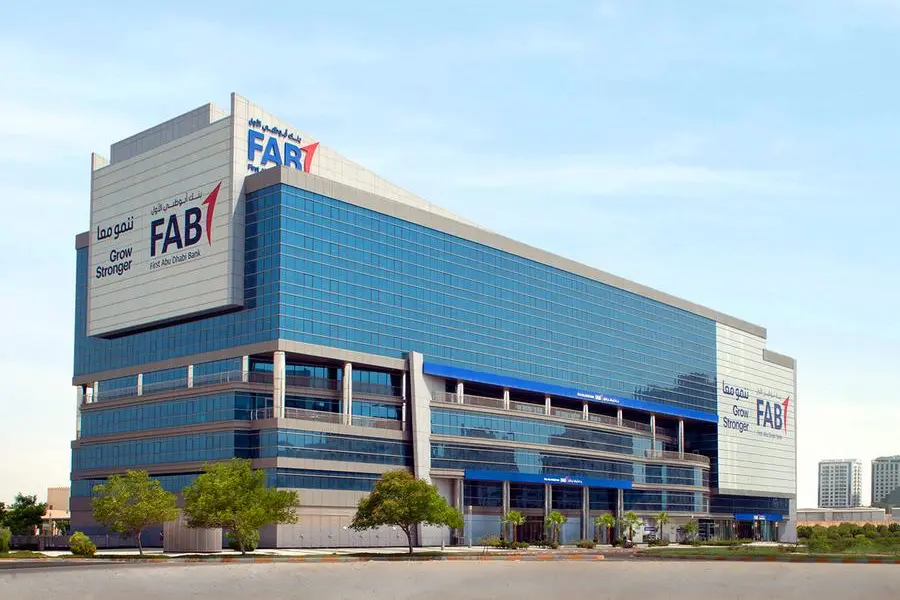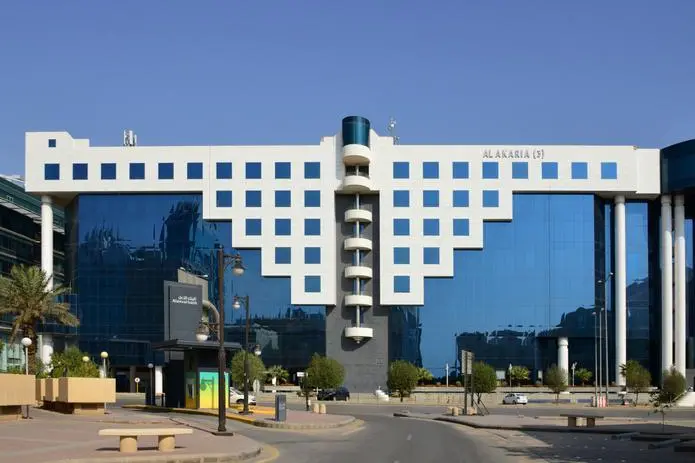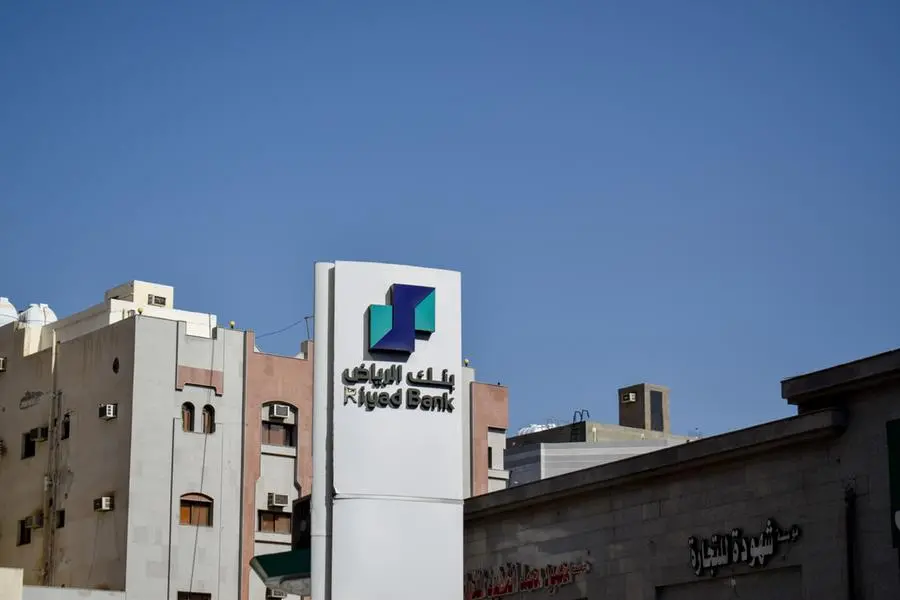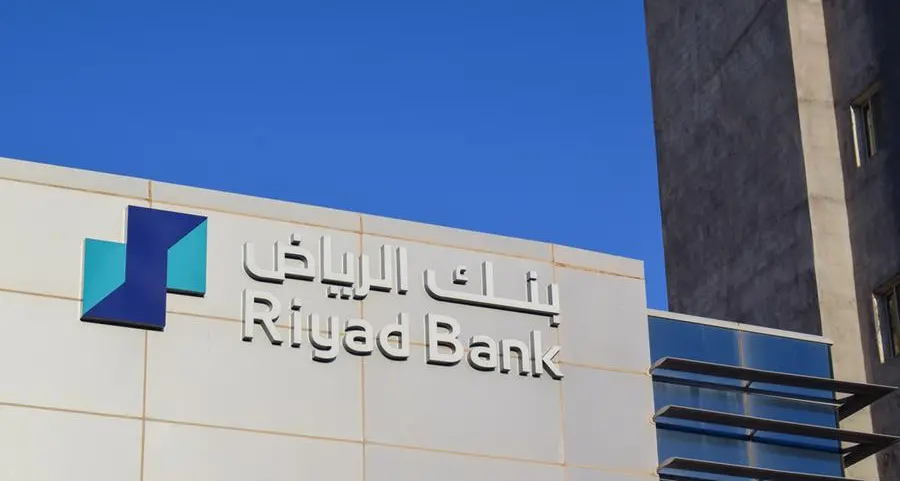PHOTO
Muscat – Inflationary pressures in Oman and across the GCC region remained contained during the first quarter of 2025, highlighting a broader regional trend of price stability amid global trade tensions.
Oman’s annual inflation rate – based on the Consumer Price Index (CPI) – rose by a modest 0.5% year-on-year in March, down from 0.9% in February. The subdued inflation reflects overall price stability across consumer categories, according to the latest CPI data released by the National Centre for Statistics and Information (NCSI).
‘Oman continues to record one of the lowest inflation rates in the GCC, supported by sound fiscal discipline and rising non-oil exports. On a month-on-month basis, Oman’s inflation declined by 0.4% in March 2025 compared to February 2025,’ Kamco Investment stated in its GCC Inflation Report released on Wednesday.
According to NCSI data, the largest price increases in March were recorded in miscellaneous goods and services (up 6.1%), followed by health (up 3.2%) and transport (up 1.8%). Conversely, the index for food and non-alcoholic beverages fell by 0.7%, driven largely by a 10.2% decline in vegetable prices and a 7.0% drop in seafood prices.
Among the six GCC member states, only Saudi Arabia and the United Arab Emirates registered annual inflation rates exceeding 2% in March, reflecting an overall muted inflationary environment, the Kamco Investment report noted.
‘In comparison with inflationary trends across the wider Middle East and North Africa (MENA) region, the GCC continues to perform favourably, with price levels remaining well below the regional average. This divergence is expected to persist through the remainder of the year, supported by moderating energy prices, expectations of relatively stable global exchange rates following recent volatility, and prudent monetary policy,’ the report said.
However, the report also warned that ‘downside risks – particularly uncertainties surrounding evolving global trade dynamics, including recently imposed tariff measures – could potentially disrupt this disinflationary momentum and reignite upward pressure on prices, especially within more vulnerable MENA economies.’
‘GCC inflation, across the board, has remained well-anchored, supported by stable currencies pegged to the US dollar and continued government subsidies in sectors such as energy, food, and housing,’ the report added.
© Apex Press and Publishing Provided by SyndiGate Media Inc. (Syndigate.info).

